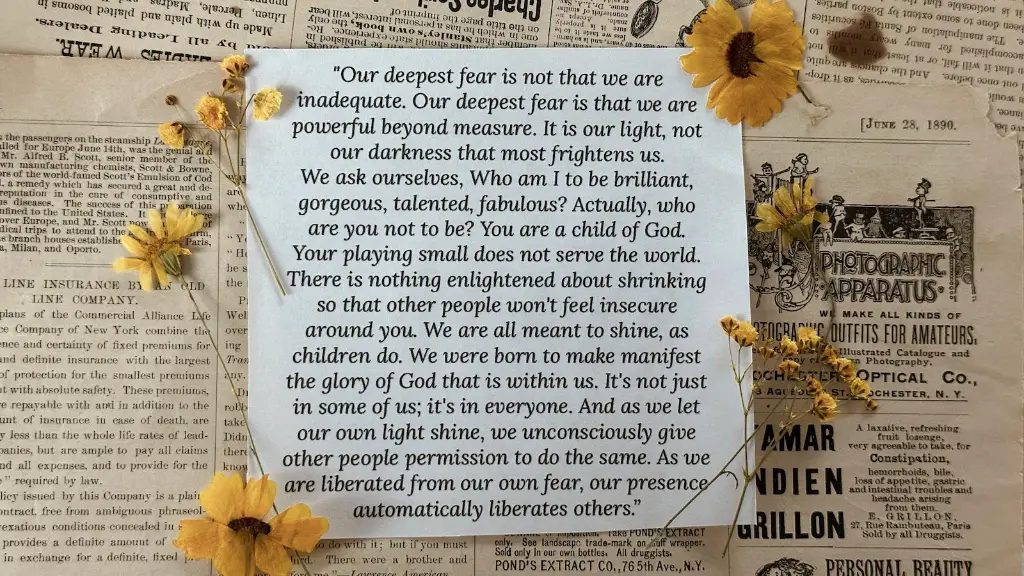History of Romanticism
Romanticism was a movement that first appeared in Britain and Europe in the late 18th and early 19th centuries. It was a reaction against the rigid and repressive aspects of traditional classical art and literature. In poetry, it shifted the focus away from the pre-defined form and structure and instead encouraged poets to explore their own personal emotions and imagination. Instead of the focus on polished grammar and form, romanticism valued authentic emotions expressed in the author’s own words. It was an appeal to the senses, to the heart, and to the imagination. The movement was shaped by influential figures such as Samuel Taylor Coleridge, Lord Byron, William Wordsworth, John Keats, and Percy Bysshe Shelley.
Characteristics of Romanticism
The major common characteristics of Romantic poetry are reflection of nature, feelings or passions, and imaginative flights of fancy. In particular, this type of poetry often emphasises the beauty of nature and its connection to the inner experience of emotion. Romantics also focused heavily on individualism and the importance of subjective experience. Many writers believed that passionate emotions, such as love and yearning, could transcend the mundane experience of everyday life and open up humans to deeper spiritual realms. Traditional forms and narrative structures were often refused, in favour of experimentation and unique approaches to the themes of life and love.
Themes of Romanticism
Romantic poets often focused on traditional literary themes of love, nature, and personal loss and suffering, but they approached these topics in a unique way that moved away from conventional expectations. Love was not portrayed in a traditional way as meeting a happy ending, but rather as a passionate and often devastatingly intense, yet transient feeling. Nature was viewed as a source of emotion, capable of inspiring a deep appreciation for beauty and awe. While Romantics were often guilty of idealizing nature and emotion, the core belief of the movement was that one should be honest about what one feels and express those feelings clearly and passionately. Various personal themes were explored, such as a subjective perception of life, mortality, and the regenerative power of hope.
Legacy of Romanticism
The legacy of Romanticism is still tangible in the world of literature and poetry today. Its influence can be seen in the dreamy, wistful, and often melancholic emotions that remain common in modern poetry. Of course, its influence can also be seen in countless works of literature, films and other media, especially those with a strong focus on emotionality or unrequited love and loss.
Modern Romanticism
Modern Romanticism, however, takes a very different approach from the original movement. Instead of emphasising emotionality and exploring the natural world, modern Romanticism favours a more idealistic outlook. Writers often use the topic of love to convey an ideal of the human experience and to express a sense of optimism and hope. Other themes, such as limitations of time and the embracing of technology can be explored, yet generally, the outlook is much brighter than its classical counterpart.
Critical Responses to Romanticism
The Romanticism movement was not universally accepted, and faced criticism from various quarters. For example, some argued that the focus on subjective emotions could encourage an unhealthy sense of over-indulgence in the individual and lead to the development of selfish and egotistical attitudes. Others took issue with the idea of idealizing nature, which they saw as something that could only lead to disappointment or disillusionment when faced with the reality of nature’s impermanence and unpredictability.
Emotional Exploration in Romanticism
Despite criticism from certain quarters, the Romanticism movement remains firmly entrenched in the core of modern culture. At its heart, this movement aimed to explore areas of emotion that can be difficult to articulate, yet are intensely personal and felt deeply. The movement was deeply individualistic in its focus, and ultimately shifted the focus of poetry away from forms and conventions, in favour of exploring one’s own inner world.
Highlighting Important Human Experiences in Romanticism
Romanticism was ultimately a movement that sought to highlight the importance of emotion in human experience and to express these emotions in a way that goes beyond everyday experience. This type of poetry challenged traditional structures and encouraged poets to look inward and to explore the unlimited possibilities of language and emotion.
Relevance of Romanticism in Today’s World
In the modern world, the relevance of Romanticism remains strong, as many people continue to value art and literature that speaks to their innermost feelings and experiences. Although the movement was never accepted by all, the focus on emotionality and on subjective experience spoke to a vast number of readers in a very powerful way, and is seen by some as key to unlocking the true potential of the human imagination.
Tackling Difficult Feelings in Romanticism
Romanticism encouraged poets to tackle difficult feelings, such as grief, sorrow, love, and loss. It was an attempt to capture the inexpressible and to find beauty in the common human experiences of joy, anger, and fear. In the end, it is this focus on emotionality that has kept Romanticism firmly anchored in the cultural landscape, and will likely continue to be a source of inspiration to many future generations.
Influence of Nature on Romanticism
Nature was a central theme to the Romanticism movement, and poetry often expresses a strong connection between the self and the natural world. This approach often challenged traditional views of how the environment should be perceived, instead pushing for a deeper understanding and appreciation for the relationship between humans and the natural world. In particular, poets argued that nature could often provide humans with a sense of peace and comfort in times of distress.
Embracing Life’s Highs and Lows in Romanticism
Romantic poets were at the forefront of exploring life’s highs and lows through writing. They argued that in order to truly understand life, one needed to embrace both the good and bad times. This approach encouraged readers to find joy and beauty in the simplest of moments, and to accept that life is filled with both pain and pleasure. Ultimately, the aim was to paint a picture of the world that was incredibly vivid and full of vibrancy.



